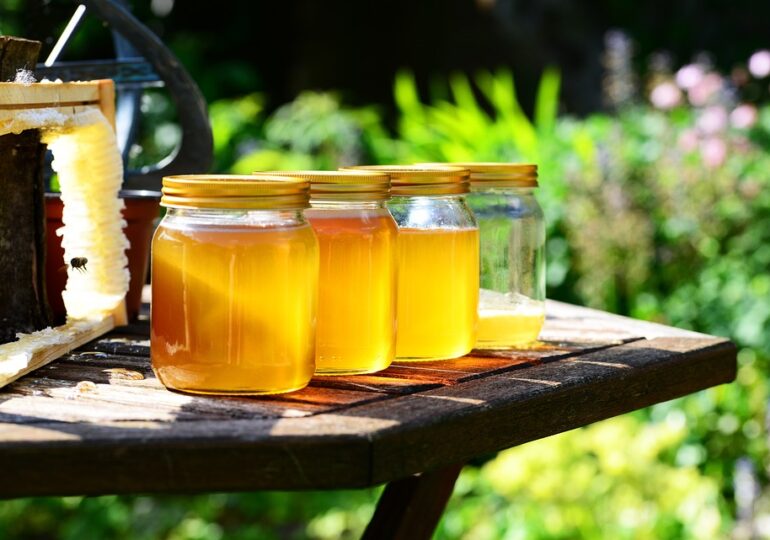European Union member states imported 163,700 tons of natural honey from countries outside the community block last year, worth 359.3 million euros.
In contrast, in 2023, only 24,900 tons were exported by EU member states outside the community block.
The value of these exports was 146 million euros, with the largest exporters being Spain, Germany, Romania, Hungary, and Greece, according to data published Monday by the European Statistical Office (Eurostat).
Last year, Spain was the largest EU exporter of honey within the community block, sending 7,100 tons of honey to third countries, or 29% of the total EU exports outside the Union. It is followed by Germany (5,500 tons, 22%), Romania (1,700 tons, 7%), Hungary (1,600 tons, 6%), and Greece (1,500 tons, 6%).
The United Kingdom was the main export partner last year, receiving the largest share of EU honey exports (4,300 tons, or 17% of the total EU honey exports outside the community block). It is followed by Saudi Arabia (3,500 tons, 14%), Switzerland (3,400 tons, 13%), the United States (3,300 tons, 13%), and Japan (2,500 tons, 10%).
Compared to 2013, imports of natural honey from outside the community block increased by 20% (from 136,300 tons to 163,700 tons), while EU exports to countries outside the community block grew by 14% (from 21,700 tons to 24,900 tons).
Imports of honey from countries outside the community block last year mainly came from China (60,200 tons or 37% of the total), Ukraine (45,800 tons, 28%), Argentina (20,400 tons, 12%), Mexico (10,700 tons, 7%), and Cuba (4,700 tons, 3%).
In 2023, the largest EU importers of honey from countries outside the community block were Germany (41,000 tons or 25% of all EU imports), Belgium (31,400 tons, 19%), Poland (23,300 tons, 14%), Spain (15,700 tons, 10%), and France (7,700 tons, 5%).
Eurostat data is published on the occasion of celebrating World Bee Day on May 20.

